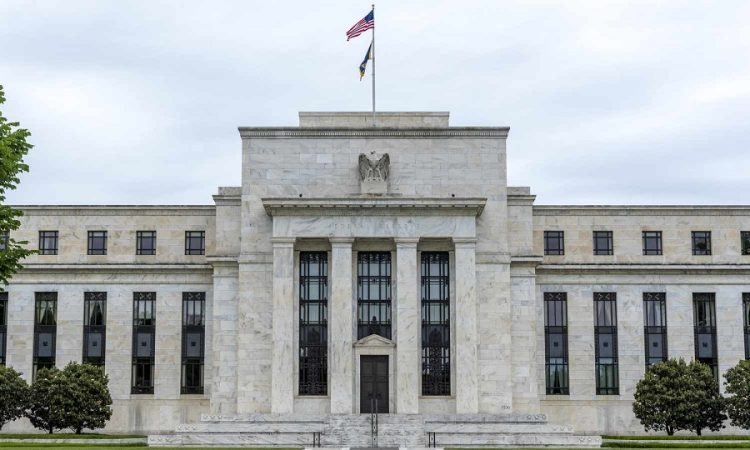
The Federal Reserve, often simply referred to as “The Fed,” is a cornerstone of the United States’ economic stability and financial resilience. Established in 1913, this central banking institution plays a pivotal role in shaping the nation’s monetary policy, regulating financial institutions, and maintaining the integrity of the U.S. dollar. In this article, Kavan Choksi Finance Expert will take an in-depth look at the Federal Reserve, its functions, structure, and its critical role in steering the U.S. economy.
A Historical Overview
The Federal Reserve was born out of the need for a more stable and flexible financial system in the United States. Prior to its establishment, the nation experienced frequent financial panics and banking crises. The Federal Reserve Act of 1913, signed into law by President Woodrow Wilson, sought to address these challenges by creating a central bank with specific responsibilities:
- Monetary Policy: The Fed was tasked with conducting monetary policy to promote maximum employment, stable prices, and moderate long-term interest rates.
- Bank Supervision and Regulation: It was granted regulatory authority over banks to ensure their safety and soundness, maintain financial stability, and protect consumers.
- Currency Issuance: The Fed was given the authority to issue and regulate the nation’s currency, making it responsible for ensuring the stability of the U.S. dollar.
Structure of the Federal Reserve
The Federal Reserve System is composed of three main components:
- Board of Governors: Located in Washington, D.C., the Board of Governors consists of seven members appointed by the President and confirmed by the Senate. The Chairman of the Board is the most visible face of the Fed and plays a crucial role in setting monetary policy.
- 12 Regional Banks: The Federal Reserve System includes 12 regional banks located throughout the country, each serving a specific geographic district. These banks interact directly with financial institutions, conduct monetary policy operations, and provide a wealth of economic data to the central bank.
- Federal Open Market Committee (FOMC): The FOMC is responsible for formulating and implementing monetary policy. It consists of the Board of Governors, the President of the Federal Reserve Bank of New York, and rotating members from the regional banks.
Functions of the Federal Reserve
The Federal Reserve carries out several vital functions:
- Monetary Policy: The Fed uses a range of tools, including interest rate adjustments and asset purchases, to achieve its dual mandate of stable prices and maximum employment.
- Bank Supervision and Regulation: It oversees and regulates banks to ensure their safety and soundness, preventing systemic risks and protecting consumers.
- Financial Stability: The Fed monitors the stability of the financial system and intervenes when necessary to prevent or mitigate financial crises.
- Currency Issuance: It is responsible for the issuance and distribution of U.S. currency, ensuring its availability and integrity.
- Economic Research: The Fed conducts extensive economic research and analysis, providing valuable insights into the nation’s economic health.
The Role in Economic Stability
The Federal Reserve plays a crucial role in maintaining economic stability:
- Crisis Management: During financial crises, such as the 2008 financial crisis, the Fed’s quick and decisive actions helped stabilize the financial system.
- Inflation Control: The Fed’s efforts to control inflation help maintain the purchasing power of the U.S. dollar, benefiting consumers and businesses.
- Interest Rate Management: By adjusting interest rates, the Fed influences borrowing costs for consumers and businesses, which, in turn, impacts spending and investment decisions.
The Federal Reserve is more than just a central bank; it is a guardian of the U.S. economy. Through its careful management of monetary policy, regulation of financial institutions, and dedication to economic stability, it plays a crucial role in steering the nation through economic challenges and opportunities. As the financial landscape continues to evolve, the Federal Reserve remains a stalwart institution in the quest for a stable and prosperous U.S. economy.




